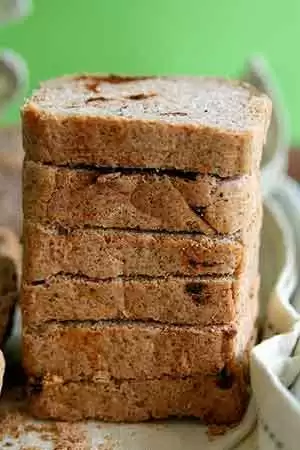Celiac.com 10/02/2008 - Whole grains are good sources of B-Vitamins and minerals such as calcium, iron, magnesium, and selenium, but one of their most important nutritional benefits is the fiber they bring to our diets. Whole grains such as wheat, brown rice, and oats include both soluble and insoluble fiber. Soluble fiber is easy to remember – it is water soluble, and as such can be assimilated into the body, where it plays an important role in blood sugar regulation and cholesterol balance. Soluble fiber also helps provide a sense of fullness or satiety. Insoluble fiber is - you guessed it - insoluble in water, and is not assimilated into the body, but passes through the digestive tract and is eliminated. That does not mean insoluble fiber has a less important nutritional role to play. Insoluble fiber is very important in keeping our digestive and elimination systems regular. Fiber aids the transit of toxic substances out of the body, and in doing so, helps to reduce the incidence of colon and rectal cancers.
In eliminating gluten grains from your diet, have you wondered what you are missing nutritionally? Are you able to get adequate replacements for the nutrients in wheat, barley, rye, and oats, from the other nutritional components of your diet? The answer is a qualified yes. We know this on several levels. For tens of thousands of years, entire cultures have thrived without growing or consuming any of the gluten grains. We also know, from looking at what nutrients gluten grains provide, that there are more than adequate sources of these nutrients in alternative grains, and from vegetable sources. Fiber is something we do need to be aware of, though. Studies have shown that standard gluten-free diets are low in fiber, especially when baking with the “white” alternative products like white or sweet rice flour, tapioca starch, and potato starch. We can remedy this by eating alternative grains in whole, unprocessed states, and by including nuts, seeds, and other sources of fiber such as dried coconut and legumes in our diets. Wheat is an excellent source of Vitamin E, so those on gluten-free diets might want to supplement with a good brand of Vitamin E.
Celiac.com Sponsor (A12):
Some commercial gluten-free flour blends seek to duplicate white flour, and are made primarily of white rice flour, tapioca starch, and potato starch (see the nutrition comparisons on the next page). These products are nearly devoid of nutrition and contain almost no fiber. Using these types of products result in baked goods that are the nutritional equivalent of wonder-bread. If you didn’t eat wonder-bread before going gluten-free, why should you attempt to duplicate it now? When making your flour blends, coming up with new recipes, and altering traditional wheat-flour recipes, try to include alternative grain products (and sometimes nut flours) that contain substantial amounts of fiber, protein, calcium, and iron, all nutrients found in whole grains, but in much smaller amounts in highly processed grains. Quinoa, sorghum, teff, amaranth, brown rice and millet flour are all good products to try.
See the chart attached to this article (the link to it is in the "Attachments" section below) for the nutrient content of the many gluten-free alternative grains, starches, and nut flours. The highest levels of nutrients in each category are noted, and you can see what nutritional powerhouses grains like teff, quinoa, sorghum, and amaranth are compared to white rice flour, tapioca starch, and potato starch.









Recommended Comments
Create an account or sign in to comment
You need to be a member in order to leave a comment
Create an account
Sign up for a new account in our community. It's easy!
Register a new accountSign in
Already have an account? Sign in here.
Sign In Now